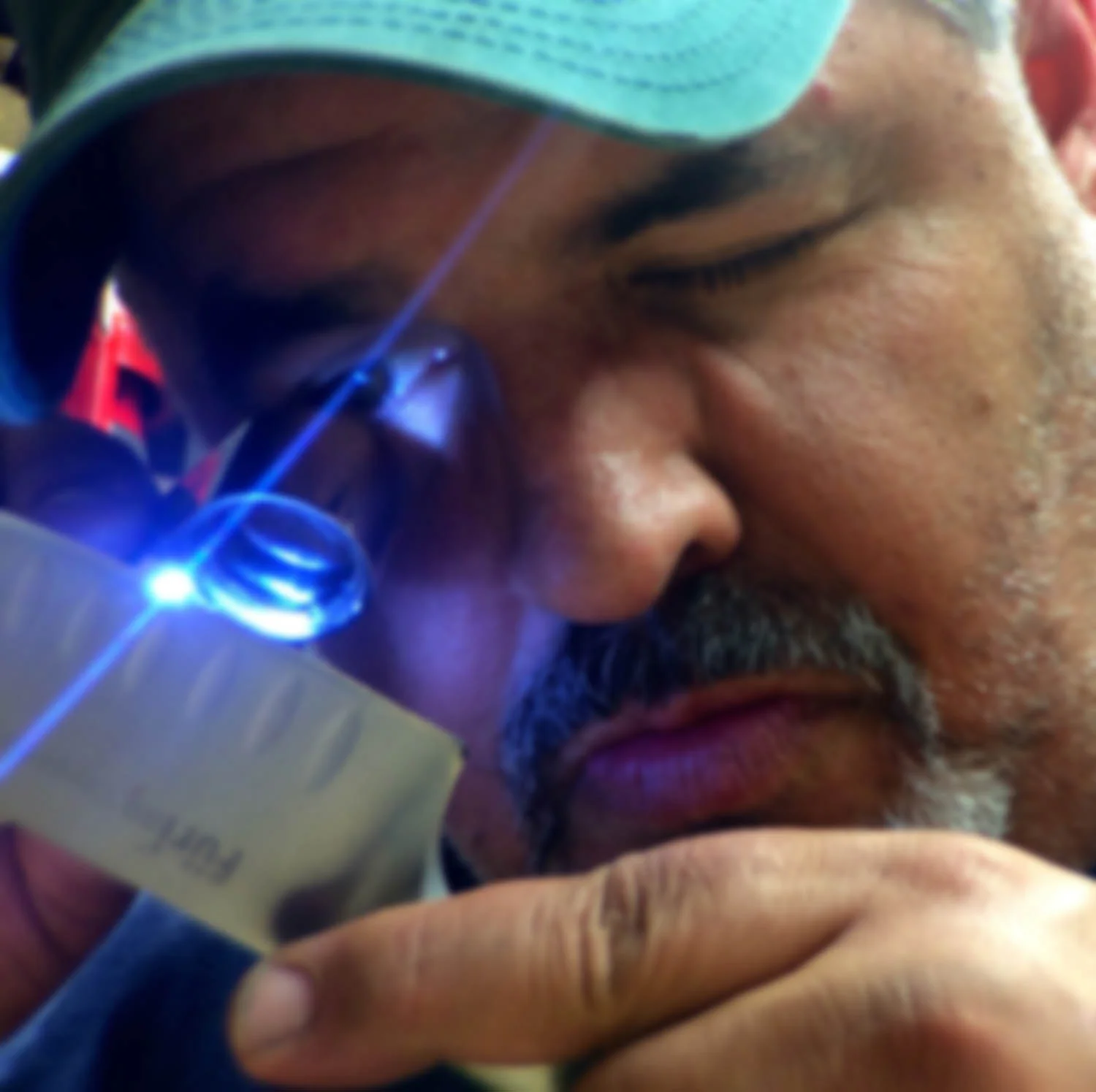Our modern and proven sharpening techniques ensure unmatched performance. Guaranteed.
Oilstone
Sharpening stones, or whetstones, are abrasive surfaces used to sharpen and hone the edges of steel cutting implements, such as chisels, knives, scissors, hand scrapers, and plane blades. Sharpening is the process of creating or re-establishing a cutting edge by grinding away portions of the metal to adjust the angle of the edge and reform the shape. Honing removes small imperfections.
Stones can be flat, for working flat edges, or shaped, for edges that are more complex. Sharpening stones are made of natural or synthetic materials that range from softer to harder, and are categorized by the size of their abrasive particles, known as grit. A stone with a coarser grit is used when more metal needs to be removed (e.g., when sharpening a nicked or very dull blade); the stone with the finest grit produces the sharpest edge.
Where numbers are assigned to specify grit, they range from coarser grit (low) to finer grit (high). Some sharpening stones are designed for use with a lubricating liquid, some can be used dry, and others can be used either wet or dry. When used with lubricating liquid, a sharpening stone can be called a waterstone or an oilstone, based on the lubricant required.
Whetstone
Examples of items that may be sharpened with a sharpening stone include scissors, scythes, knives, razors and tools such as chisels, hand scrapers and plane blades. Though it is sometimes mistaken as a reference to the water often used to lubricate such stones, the word "whetstone" is a compound word formed with the word "whet", which means to sharpen a blade, not the word "wet". The process of using a sharpening stone is called stoning.
Sharpening stones come in a wide range of shapes, sizes and material compositions. Stones may be flat, for working flat edges, or shaped for more complex edges, such as those associated with some wood carving or woodturning tools. They may be composed of natural quarried material, or from man-made material.
Stones are usually available in various grades, which refers to the grit size of the particles in the stone. Generally, the finer the grit, the denser the material[citation needed], which leads to a finer finish of the surface of the tool. Finer grits cut more slowly because they remove less material. Grits are often given as a number, which indicates the density of the particles with a higher number denoting higher density and therefore smaller particles.
Tormek T-7
The most complete edition of the finest wet stone sharpening system available, the T-7 is rated for continuous use and has a vast array of specialty jigs available so you can quickly and easily sharpen virtually any tool in your house, backyard shed or workshop.
The heart of the T-7 is the Tormek SG-250 10" x 2" grinding wheel turning at a slow 90 rpm through water which acts as a lubricant for faster grinding while it continuously cools the tool edge to prevent "bluing" the metal. After grinding, the 8-3/4" x 1-1/4" genuine leather honing wheel gently removes the burr and hones the edge to razor sharpness.




